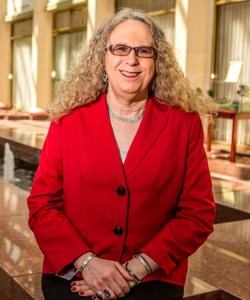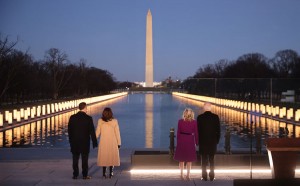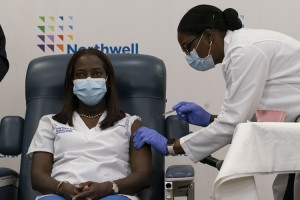LGBTQ+ Pride Month: Rachel Levine
Monday, June 28th, 2021June is LGBTQ+ Pride Month. All month long, Behind the Headlines will feature lesbian, gay, bisexual, transgender, and queer or questioning pioneers in a variety of areas.
Summertime celebrates joy and growth; spring brings new beginnings. This spring, Rachel Levine made history when she became the first openly transgender person to be confirmed to a federal government position by the United States Senate. Transgender is a term for individuals whose identity or self-expression does not match their assigned gender. In January 2021, President Joe Biden nominated Levine, an American physician, for assistant secretary for health for the Department of Health and Human Services. Levine was confirmed on March 24, 2021.
Born Richard Levine in Melrose, Massachusetts, north of Boston, on Oct. 28, 1957, Levine was assigned male at birth. Levine grew up in nearby Wakefield, Massachusetts. After graduating from Harvard University with an undergraduate degree, Levine attended Tulane University School of Medicine. Levine moved to New York City to train in pediatrics and adolescent medicine at Mount Sinai Hospital. In 1993, Levine accepted a position at the Polyclinic Medical Center in Harrisburg, Pennsylvania. Three years later, in 1996, Levine began working at the Penn State Health Milton S. Hershey Medical Center in Hershey. Around 2010, Levine began publicly presenting herself as a woman.
In 2015, Levine was named Pennsylvania’s physician general. Three years later, she was named Pennsylvania’s secretary of health. As a state official, Levine focused her efforts on maternal health, immunization, and the opioid drug-abuse crisis.





